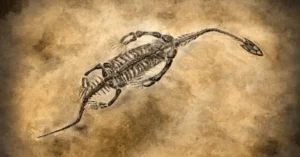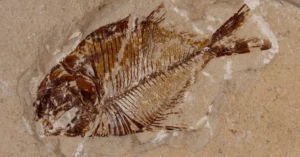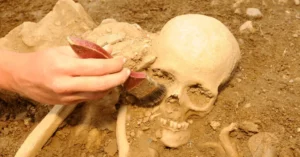AI Answer Evaluation Platform Live Now. Try Free Answer Evaluation Now

Hypergamy
Hypergamy is the cultural or social practice of marrying a person with a higher socio-economic status.
+91-7303290503, +91-9557169661 | MON to SUN 10:00 AM - 6:00 PM

Hypergamy is the cultural or social practice of marrying a person with a higher socio-economic status.

Polygamy is the marriage occurring between one person and multiple partners. While polyamory is a consistent umbrella term used for the various

Monogamy is defined as the socially sanctioned union of two spouses. This union is often marked by exclusivity, though that is not always the case.

Paleoanthropology is a field that studies the evolution, behavior and physical characteristics of prehistoric humans.

Anthropologist Karl Heider describes ‘visual anthropology’ as the use of visual material in conveying anthropological research.

The ‘theory of use and disuse’ refers to the concept that all organisms physically adjust to their environment in ways that these new physical characteristics could be inherited by their offspring.

Paleopathology is the discipline that investigates ancient diseases based on human or animal remains.

Paleoarchaeology is the study of fossil remains from about 7,000,000 to 10,000 years ago. The word originates from Greek ‘arkhaios’ and ‘palaios’, which both mean old or ancient.

Political Anthropology examines the socio-cultural processes within governments, states, parties and other political systems.

Archaeological practice is the set of aims, techniques and interpretation that archaeologists undertake.

The theory of spontaneous generation is the idea that living organisms originated from seemingly non-living beings, or even totally inorganic matter.

Industrial archaeology (IA) is a recent field of study focusing on documentation and preservation of humankind’s industrial heritage.